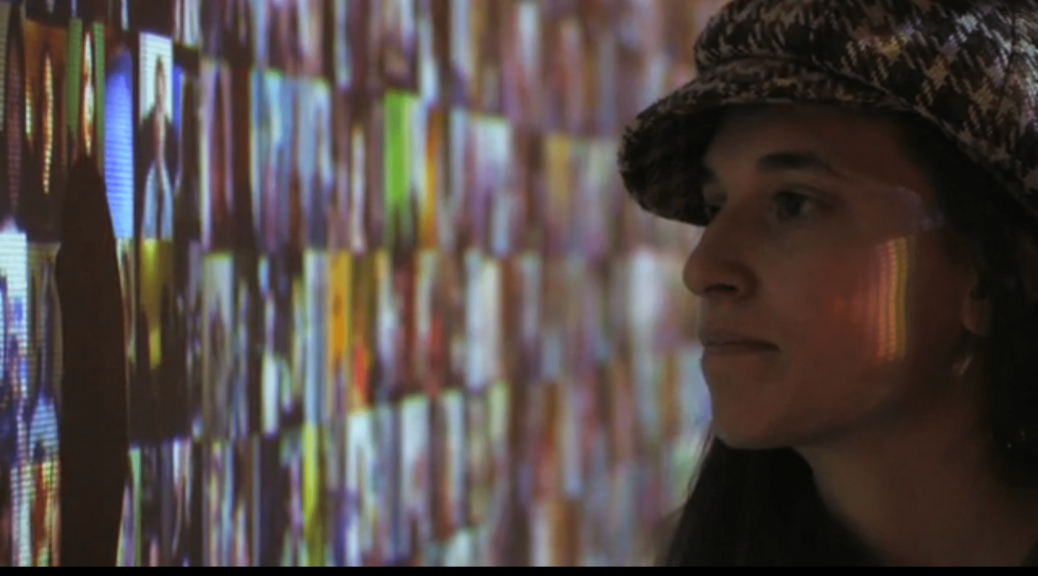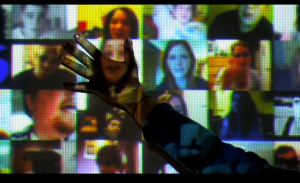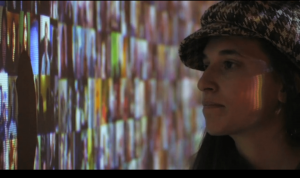Ant Farm started in San Francisco in 1968 Chip Lord and Doug Michels. In the interview with Lord Chip, they sported ‘hippy’ culture along with their media van. An art work ‘A hundred TV sets’ is something similar to Media Burn(1975), where the TV sets were built in an architectural manner, instead of seen as mere entertainment boxes. It was conceived as an environmental sculpture, as if the sets were surfacing out of the swamp. In Media Burn, the TV sets used represented the media and propaganda.
Mentioned in the research critique, Ant Farm pointed out that ‘Media Burn integrates performance, spectacle and media critique’. I couldn’t agree more wth this analysis and to add on, I feel that Media Burn is a work that richly blends political and social issues. The whole work is a performance, right from the start when the two ‘artist dummies’ appeared in front fo the audience, receiving applause from the crowd. Before they got into the car, they stood on top and had their hand over their heart, marking the performance as an important political ceremony.

This familiar act of waving to the crowd, the cameras, and the welcomes, almost as if the artist dummies were important people like the president, emphasises how the media is propaganda-like and enforced. The whole recording was done in a news coverage theme, which again reinforces the idea of how Media is so powerful to the extent that the performance itself had to be recorded in a prim-and-proper media method.
Doug Hall, who acted as John F. Kennedy, questioned “Who can deny that we are a nation addicted to television and the constant flow of media? Haven’t you ever wanted to put your foot through your television?” I quite like this in-your-face quote. The performance literally had a car smash into a pile of television sets.

The act of driving a ‘political car’ straight into a set of television might imply the control the government have over the media, and they have the ability to maintain, create, and destroy media content.

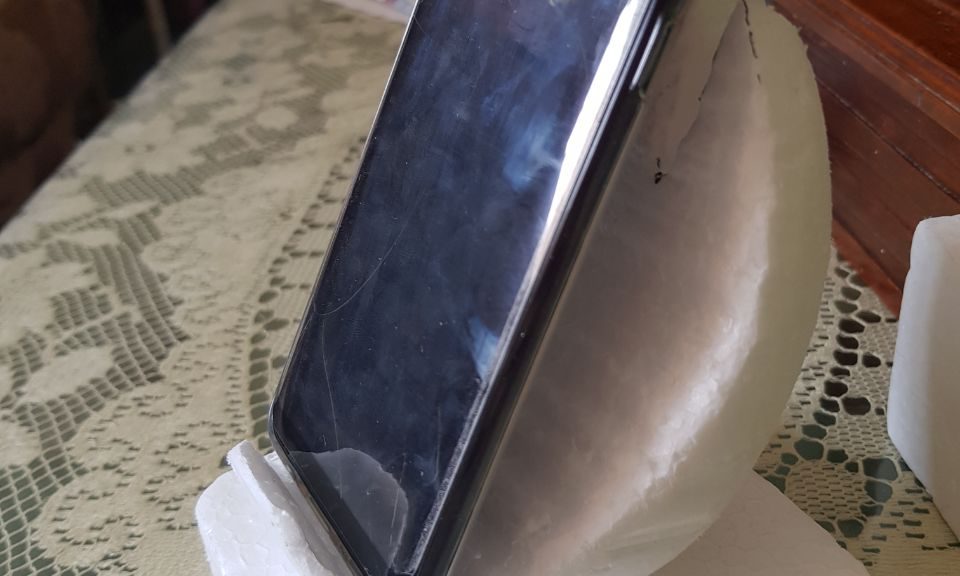
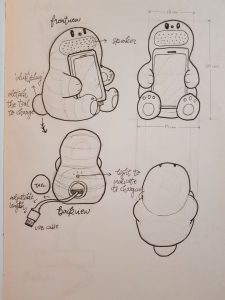
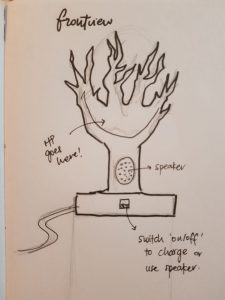
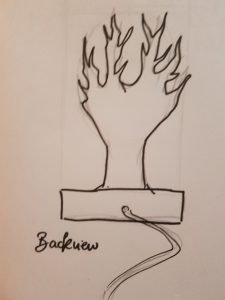
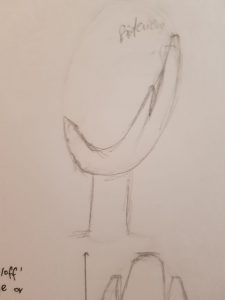
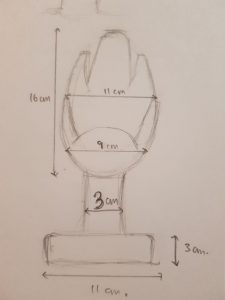
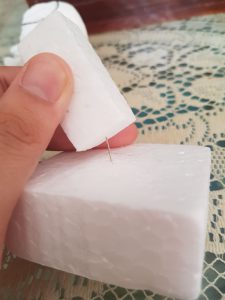
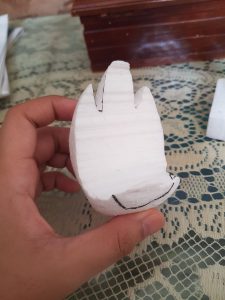
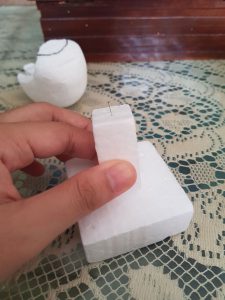
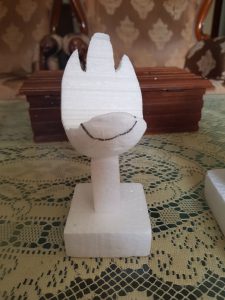
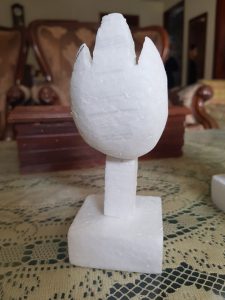
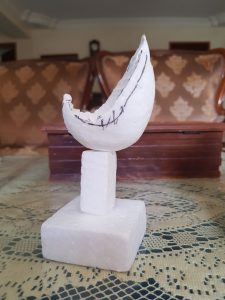
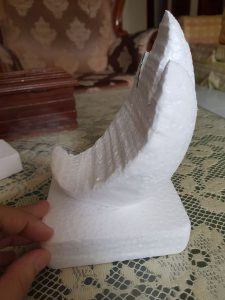
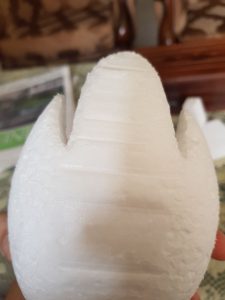
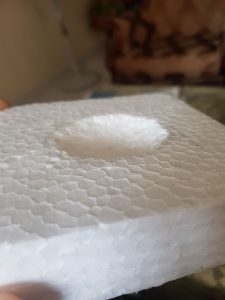
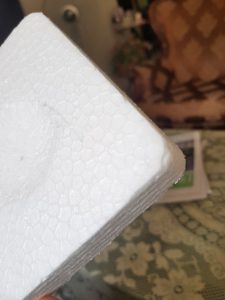
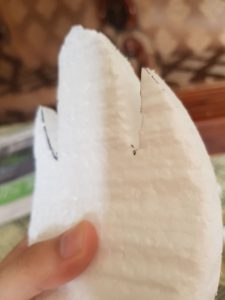
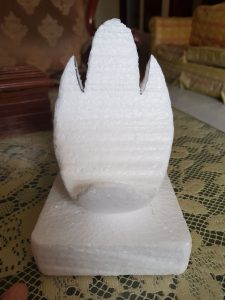
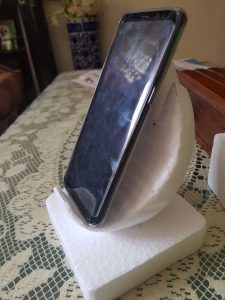

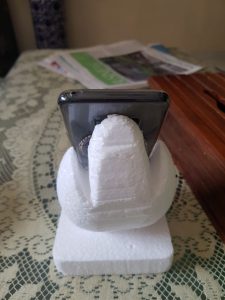











 But after completing the tracing I didn’t really like the technical and clean cut outcome. Everything was too neat and I didn’t fancy that because doing makeup shouldn’t be neat!!! It’s a fun and messy process. So I decided to try photography.
But after completing the tracing I didn’t really like the technical and clean cut outcome. Everything was too neat and I didn’t fancy that because doing makeup shouldn’t be neat!!! It’s a fun and messy process. So I decided to try photography.






























 :
:















